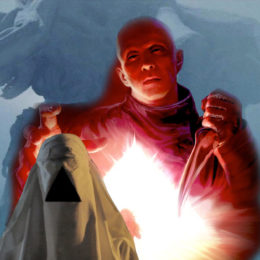EVENT HORIZON. One of the BEST science fiction MOVIES ever made
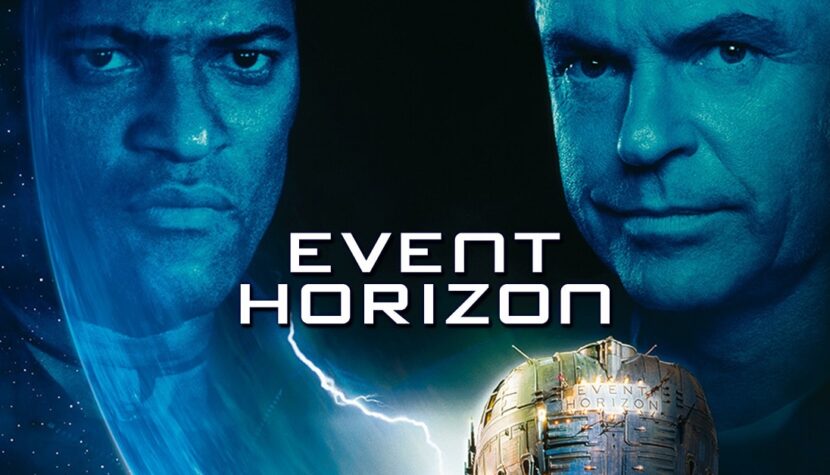
All that’s left of the missing crew are documents, Dantesque video footage, a complete mess, one horribly mutilated body, and walls splattered with blood. Haunted by memories of his late wife, Weir reveals the Event Horizon’s secret in the form of an experimental subspace drive. The ship returned after seven years, bringing from an unknown dimension a secret against which people are defenseless…
Haunted house
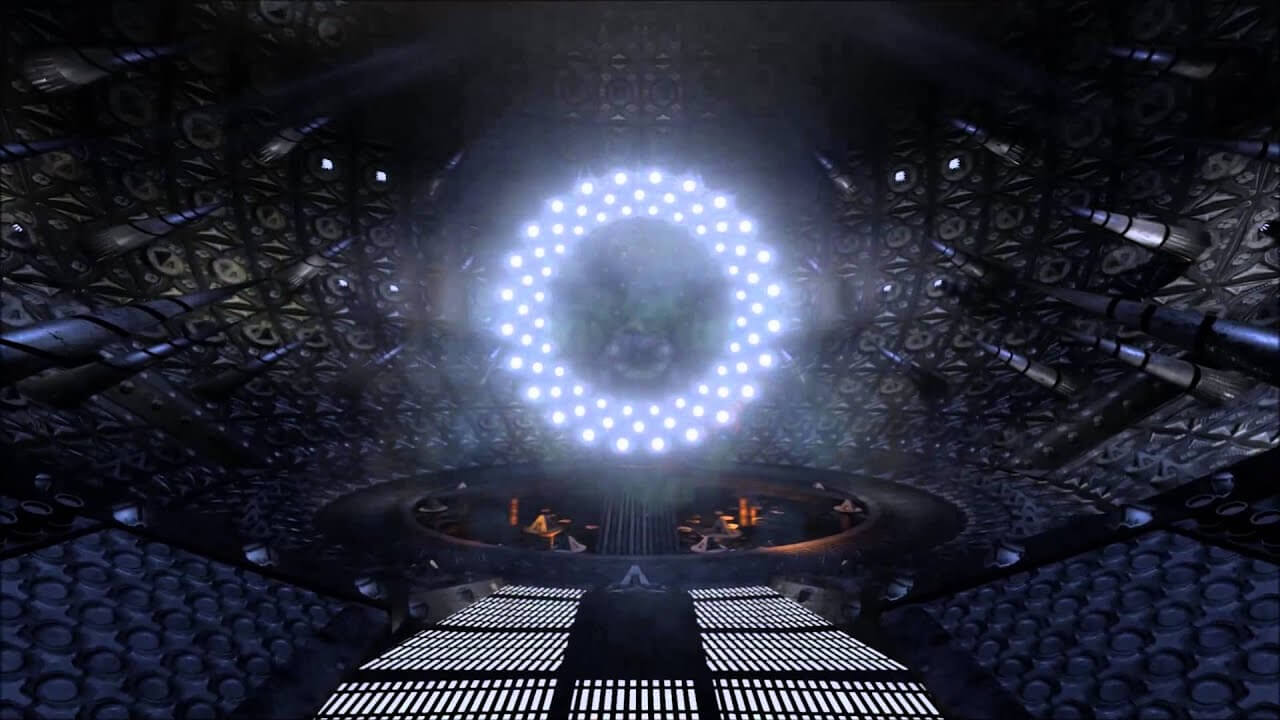
There have been a lot of haunted houses in the history of literature, some of them threatened with bloody slaughter, others put the viewer to the test only by contemplating the dark corners where the The Unknown lurked. Over the years, this premise inherited from the written word was intercepted by cinema. In 1979, the creators of Alien daringly moved the terrible house into space, making the Nostromo ship an arena of struggle for survival, played out in the atmosphere of the truest gothic horror. Since then, horror cinema has gained an iron standard, reproduced without embarrassment in films of various quality, based on the systematic extermination of an isolated circle of people in a more or less closed labyrinth of corridors, chambers, hidden passages and other impressive elements of the scenery.
Mythology was still alive, despite not always the best use made of it. In 1992, Philip Eisner invented a story that structurally did not deviate from this pattern. Not only that – the path of imagination was already well-worn, thanks to Alien, a film that has already managed to remake a lot of interesting variations on the theme. Eisner took the initial situation from Alien, the mechanism of eliminating subsequent crew members, but unexpectedly added a psychoanalytic thread straight from Solaris and The Shining at the same time. The unrestrained force from another dimension weakened the destroyed crew by means of the materialization of human phantoms, drawn from the painful memories of the crew members. No matter how far from Earth, the greatest threat to man is himself. Everything boils down to a self-confrontation from which a shattered individual will not come out alive.
Space horror
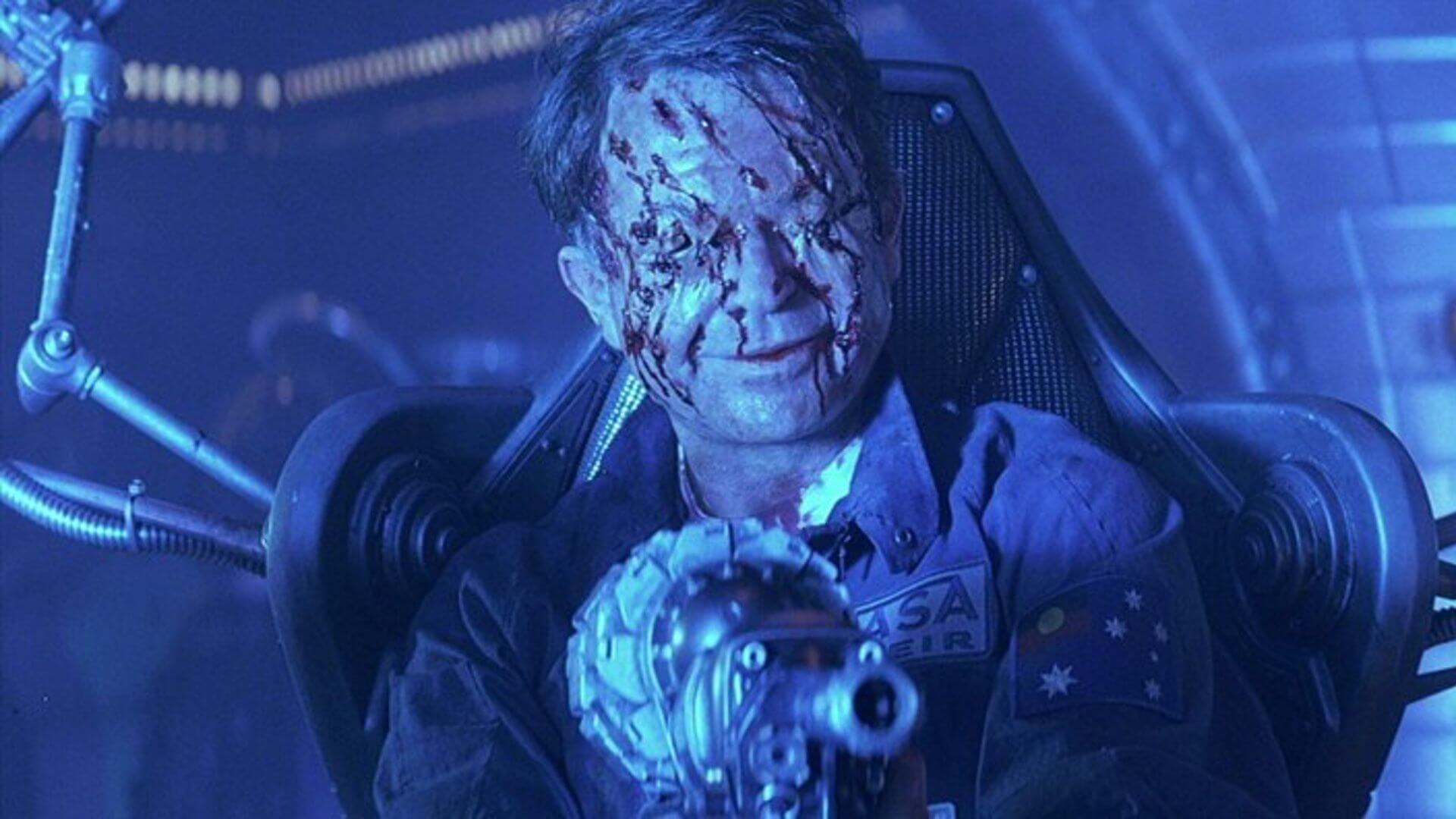
In 1994, producer Lawrence Gordon (Die Hard) bought the script and showed it to Jeremy Bolt, producer of British director Paul Anderson’s debut film Shopping. A year later, Anderson became famous for directing Mortal Kombat, a dug adventure game of the most ungrateful genre. After the success of Mortal Kombat, Anderson’s style, combining music video dynamics and cinematic pageantry, consistently fastened within a strict narrative regime, appealed to Gordon, who entrusted Anderson with directing.
From this decision, one of the best cosmic horror films in the history of cinema was born, in many moments reaching the Alien class.
Anderson’s work gives the impression of a piece from another era of cinema, when it was still important to build tension and scare with the atmosphere, gripping the viewer from the first scenes inside the ghostly ship suspended in orbit around Neptune and holding it by the throat until the end credits. Of course, Anderson is not Kubrick, who threatened with Nicholson’s face alone. There are plenty of elements that reveal the director’s penchant for explosive flashiness, they do not always seem to be particularly well-motivated by the plot, for example bloody ingredients straight from gore cinema, there are also a few funny scenes, but the whole is consistently built atmosphere of entrapment and an unpredictable threat from another dimension.
Space gothic
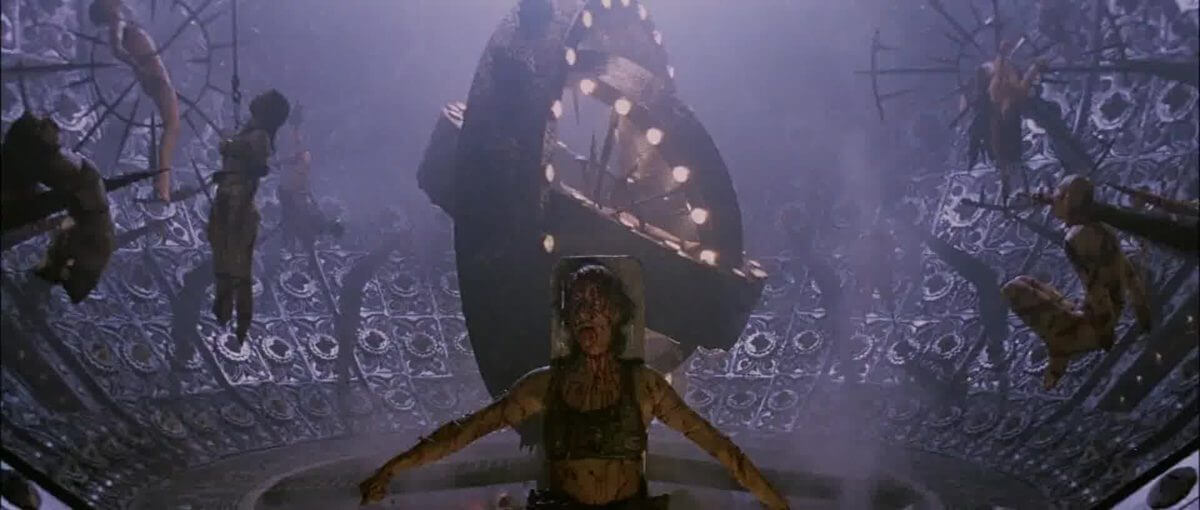
So an original film for such an exploited theme of eliminating the crew, deprived of the possibility of escape? On the one hand, yes. Event Horizon is a rare example of such a visually consistent stylization of the spaceship into a gothic, haunted castle. In many moments, it doesn’t even matter that the action takes place in space. The young production designer Joseph Bennett and his two conceptual graphic artists, Peter Mitchell Rubin and Daniel Slavin, drew a lot from religious motifs (which was closely related to the plot hypothesis “where was the ship when it was gone”), e.g. from the architecture of Notre Dame Cathedral. The Event Horizon ship itself looks like a suspended crucifix.
The combination of futuristic technology with medieval motifs and references gave an electrifying effect. The fully lit set looked like a standard set for a SF movie. But it was enough to play with chiaroscuro to bring out a place from hell from the darkness. The insides of the ship were the bowels of the monster. Particularly impressive is the gym room with the subspace accelerator. This is the film’s biggest surprise – zero Star Wars or Star Wars plastic. The heart of the ship, shocking with its raw immensity, resembles a ghostly astrolabe with rotating rings that merge into a illuminating whole at decisive moments.
References
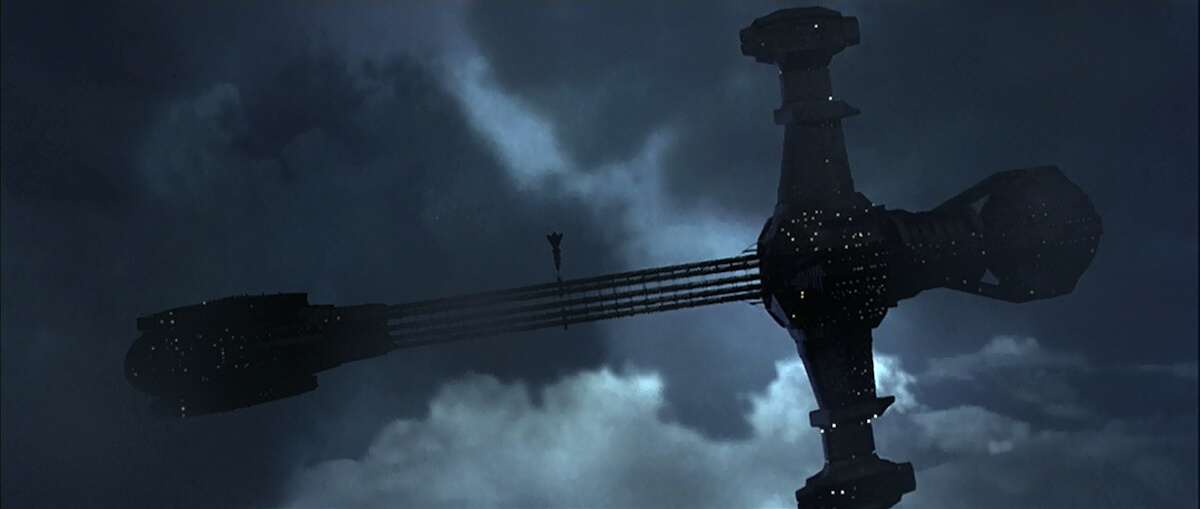
Although it must be made clear that Event Horizon is simply wallowing in quotes and the most literal references to the Alien series, especially to the first two parts. The Lewis & Clark crew resembles the Nostromo crew, although it is certainly more likeable and incomparably more harmonious. They are also reluctant to handle an emergency task. Among them is an unlikable outsider, an untrustworthy scientist, defending access to the greatest secrets of the Event Horizon – Dr. Weir – the same was characterized by Ash in Alien.
Weir watches the first scout on the deserted ship on monitors – exactly the same situation happened in the first two parts of the Alien saga. In one scene, Weir throws the ship’s psychologist over the walls, almost the same as Ash pounding Ripley against the Nostromo’s rooms. The ship’s decompression scene, with the crew fighting for their lives in the midst of the sucked air, is an obvious repeat of the Alien finale: the decisive clash, albeit on a smaller scale. Even the female voice of the Event Horizon’s on-board computer, telling you how much time is left until some decisive event, is a faithful copy of the finale of the first Alien (with the immortal, repeated phrases T minus five minutes).
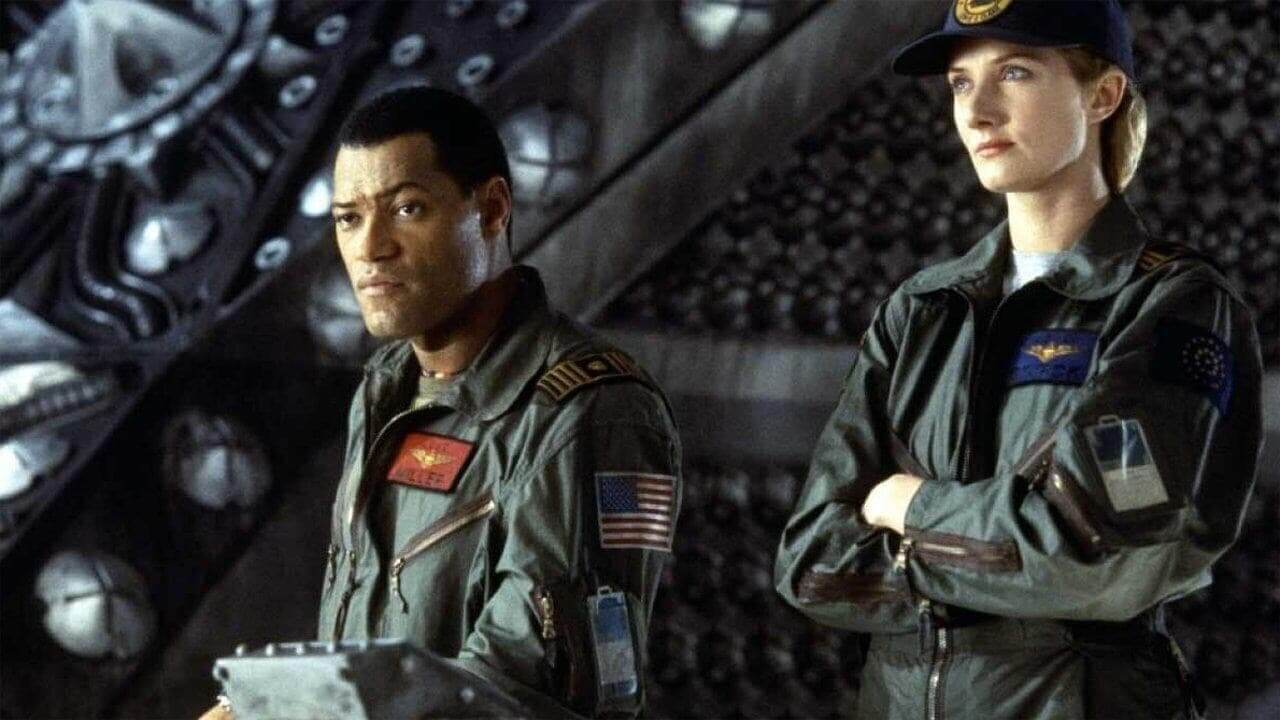
While searching for Weir in the ship’s cavernous interiors, the wide beam of light emerging from the darkness also feels familiar – this is how the rescuers board the Narcissuss in the Aliens prologue. This reference should come as no surprise. Regardless of the similarities imposed by the script, the cinematographer was Adrian Biddle, who died in December 2005, and made his brilliant debut as an independent DP in Aliens.
He wasn’t the only one who had the opportunity to repeat his achievements here. The crew’s costumes, both the space suits (20kg) and the looser uniforms, are very similar to those worn by the Nostromo crew – you can see the hand of John Mollo who designed the costumes for Scott and Anderson (as well as Lucas in A New Hope) ). Not to mention the similarities of the Nostromo and Event Horizon set designs. On the other hand, the blood, rapidly flooding the Event Horizon deck, refers directly to Kubrick’s The Shining. The motif of materializing the memories of the crew is of course Solaris, although it is not known whether Eisner was more inspired by Lem or rather Tarkowski. The expansion of this thread was taken from the classic Forbidden Planet. It’s about an unseen force hitting the hatch, probably caused by the possessed mind of Dr. Weir – the same “affliction” was burdened with Morbius in Fred MacLeod Wilcox’s film, and it was almost the same transferred to the screen by Anderson. In addition, there are plenty of standard plot solutions typical of horror movies, including the clichéd theme of heroes walking towards danger instead of running away as far as possible. The participation of the excellent Sam Neill resembles his role in John Carpenter’s sensational horror In the Mouth of Madness (1994), where the initially normal John Trent is slowly and consistently sucked into the crazy world of horror writer Sutter Cane.
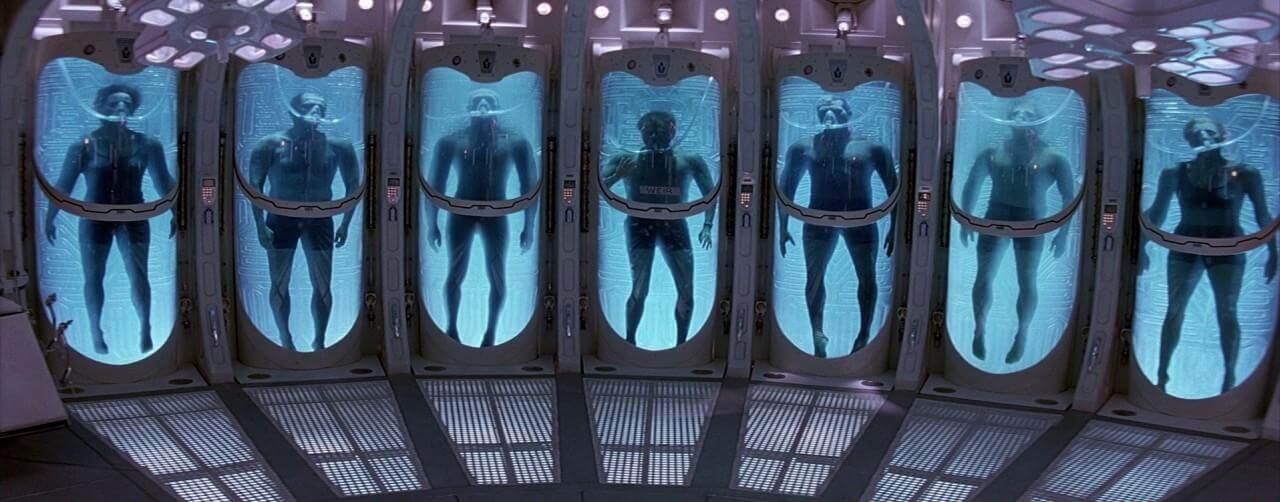
When you say that everything has already been done, in the case of Event Horizon you can safely ask the question – so what? While deeply rooted in the heritage of genres, Anderson’s film offers a finesse play with conventions where all the standard types of scare (sudden orchestral BOOM!) still hold true. A separate chapter consists of snapshots, edited at the speed of light, visions of hell, with crew members tortured in elaborate ways. This almost subliminal presentation of the horrors offered by the “other side”, although it lasts only a dozen or so seconds in total, makes such an electrifying impression that a non-believer may even be converted after seeing what awaits him if he does not go to heaven … And it is not it’s a bland, hackneyed, iconographic version with crowds of screaming damned huddled underground, as we’ve seen in What Dreams May Come or Constantine. It’s something much more radical, bloody and sophisticated, in the areas of Barker’s Hellraiser.
The interesting thing about this film – it starts like SF, turns into a solid horror to supplement the poetics with religious references. Admittedly treated as another attraction to ennoble the old theme of the haunted house; nevertheless, Anderson sold it attractively enough not to bother with serious religious analysis, which would inevitably reduce this aspect to postmodern flashiness. Still, a lot for a film by the creator of Mortal Kombat, who was forced to cut as many as 20 minutes from Event Horizon to get an R rating.
Production trivia
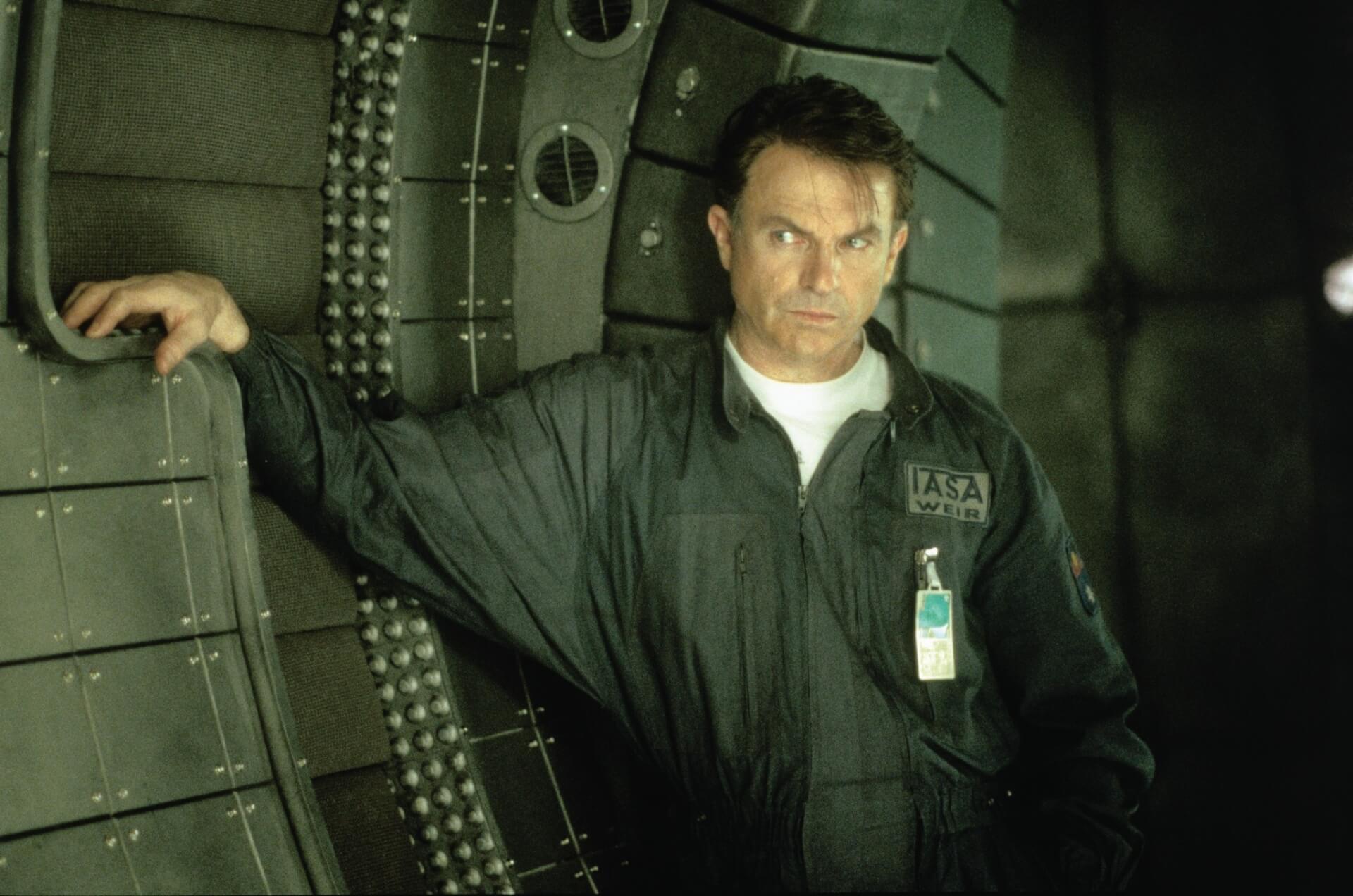
With most of the crew, including the director and cinematographer, being British, filming took place in nine of the many Pinewood Studios near London from November 18, 1996 to March 14, 1997, in 20 separate sets. British Jason Isaacs (psychologist D.J.) and Sean Pertwee (pilot Smith) have already starred in Paul Anderson’s debut film Shopping. Editor Martin Hunter (who made his debut on Full Metal Jacket) also worked with Anderson on Mortal Kombat. The Lewis & Clark rescue ship was named after the commanders of the famous 1805 North American expedition.
Event Horizon is a demonstration of all special effects techniques. The visual effects were done by Cinesite, while the digital animation is the work of The Computer Film Company. The effect of gouged out eyes was made thanks to digital animation, superimposed on blue-painted eye sockets and blue-colored contact lenses. To show the two spacecrafts from the outside, Mass Illusions built 28 models in six different scales, half of them Event Horizon miniatures, 12 models were used for the Lewis & Clark ship, and two were built for one dizzying shot Daylight space station. The impressive animatronic effects and special make-up were done by Image Animation, led by gore cinema guru Bob Keen, made famous by the macabre effects for the second and third parts of Hellraiser.
Event horizon of a .... black hole

The name of the ship Event Horizon is not a figment of the screenwriter’s fantasy, but a scientific term. Behind this striking name is a piece of theory about black holes, the most amazing phenomena in the universe. Black holes are formed after the death of the largest stars, whose core is so heavy that it collapses under its own weight, pulling everything inside (as in the opening credits of a movie, with subtitles disappearing in the background). The event horizon is the outer boundary of a black hole, where you can “see” for the last time what is lost in its gravitational field. Even light disappears in it, which is not saved by its highest speed in the Universe – 300 thousand km/s (although scientists theorize about tachyons, the smallest singularities reaching higher speeds…).
Figuratively speaking, a black hole capable of sucking in the Earth in a fraction of a second could be several centimeters in size. Where then is all that is sucked in from the outside taken off? The famous Stephen Hawking came up with the theory of “white holes” that would spit out material sucked in by a black hole. Where? Maybe in another part of the universe, or even in another universe. This riddle bordering on metaphysics seems to be no less than the mystery of the spaceship from Anderson’s film.
Attractive physical theories, shrouded in a precisely dosed nightmare from which its participants cannot wake up in the hands of conscious creators are the perfect material for a reliable scare fest, not necessarily cosmic. And for Paul Anderson, it was an opportunity to make his best film and one of the best in the history of SF.


